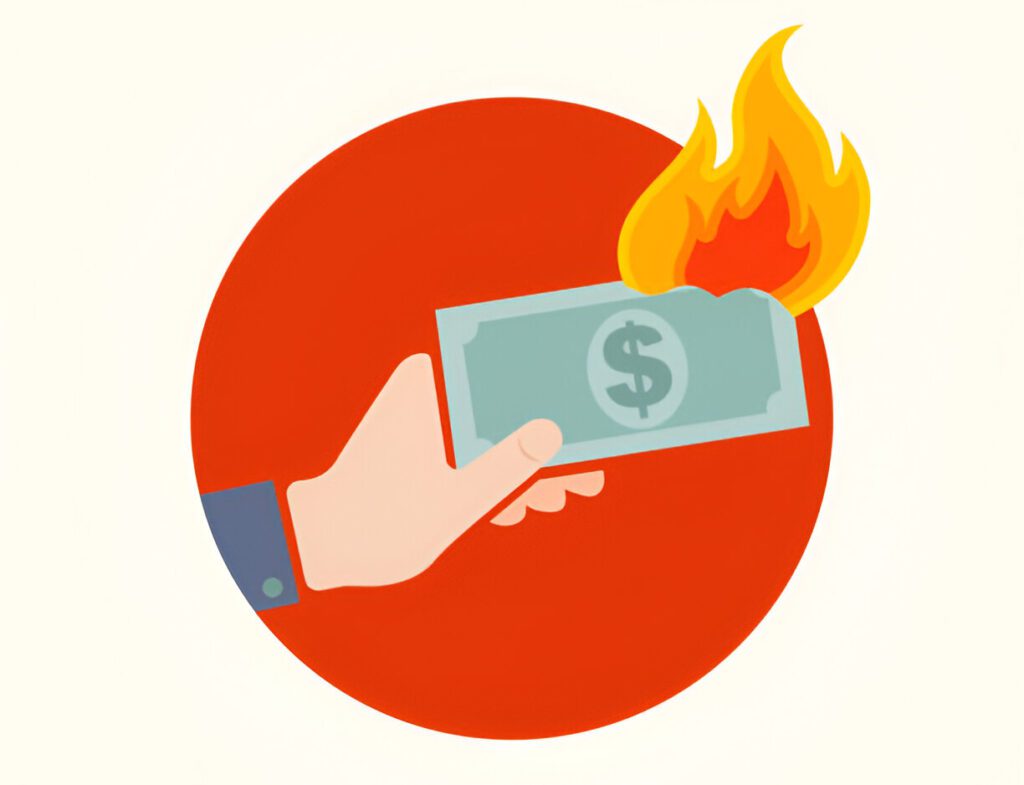View Table of Contents
Table of Contents
Risk management in forex is your financial seatbelt—the systematic process of limiting losses while maximizing gains. Without it, 90% of traders lose their entire accounts within 6 months (CFTC 2025). This 2025 guide reveals professional techniques to safeguard your capital against the $6.6 trillion market’s volatility.
Why Risk Management Is Non-Negotiable in Forex
3 Survival Imperatives:
- Volatility Kill Shots:
- GBP/NZD can swing 300 pips daily—wiping 30% of accounts in hours.
- Emotional Destruction:
- Revenge trading after losses amplifies errors 5x (MyFxBook Study).
- Compounding Demands Preservation:
- A 50% loss requires 100% gain just to break even.
💡 Data Insight: Traders using strict risk rules survive 3.7x longer than discretionary gamblers.
5 Pillars of Unbreakable Risk Management

1. Risk-to-Reward Ratio (R:R)
- Minimum: 1:2 (e.g., risk 50 pips → target 100 pips)
- Pro Standard: 1:3 (used by 82% of profitable traders)
2. Stop-Loss & Take-Profit Orders
- Stop-Loss Types:
- Technical: Below support (longs) / Above resistance (shorts)
- Volatility: 2x ATR (Average True Range)
- Take-Profit: Set at 1:2–1:3 R:R or key S/R zones
3. Maximum Risk per Trade
- Beginners: ≤1% of account balance
- Experts: ≤2% (e.g., $10 risk on $1,000 account)
4. Position Sizing Formula
text
Position Size = (Account Balance × Risk %) ÷ (Stop-Loss Pips × Pip Value)
- $1,000 Account Example:
- Risk 1% = $10
- Stop-Loss = 50 pips
- EUR/USD Pip Value = $0.10 (micro lot)
- Position Size: $10 ÷ (50 × $0.10) = 2 micro lots
5. Leverage Control
| Account Size | Max Leverage | Why |
|---|---|---|
| <$1,000 | 10:1 | Prevents margin calls |
| $1,000–$10,000 | 30:1 | Balances risk/growth |
| >$10,000 | 50:1 | Capital buffer |
https://example.com/position-size-calculator.png
Alt: Calculator showing lot size based on account balance and risk %
Stop-Loss Mastery: Science Over Guesswork
3 Stop-Loss Strategies:
- Technical Stops:
- Place 1 pip below swing low in uptrend
- ATR Stops:
- 2x ATR(14) = Dynamic buffer for noise
- Time-Based Stops:
- Exit if trade doesn’t move in 24hrs (dead capital)
❌ Deadly Stop Errors:
- Too Tight: Stopped out by normal volatility
- Too Wide: 5% risk on one trade → 40% harder recovery
Trading Psychology: Fortifying Your Mental Capital
3 Behavioral Rules:
- After 2 Losses: Stop trading for 24hrs (reset emotions)
- Daily Loss Cap: Max 3% of account (e.g., $30 loss on $1,000)
- Weekly Review: Analyze trades every Sunday—spot psychological leaks
⚠️ Revenge Trading Trap: Losing traders increase position size by 217% after losses (University of Cambridge 2025).
5 Fatal Mistakes That Destroy Accounts

- Risking 5%+ per Trade:
- 3 straight losses = 14% drawdown → Requires 16% gain to recover
- Moving Stops: “Hopium” adjustment turns $100 loss into $500
- Over-Leveraging: 100:1 on $500 account = 1 trade wipes you
- Ignoring Correlations: Long EUR/USD + Short USD/CHF = Double risk
- No Exit Plan: “Letting winners run” becomes “watching profits vanish”
Conclusion: Your Capital Protection Blueprint
Risk management in forex separates professionals from casualties:
- Never risk >1% per trade
- Always use stop-loss + 1:2 R:R
- Calculate position size pre-trade
Start every session with this mantra: “Preserve capital first, profit second.” Your future self will thank you.
❓FAQs – Risk Management in Forex
Q: What is risk management in forex trading?
A: Strategies to limit losses—including stop-losses, position sizing, and R:R ratios—to survive long-term.
Q: How much should I risk per trade?
A: Max 1-2% of account balance. Risk $5-$10 on $1,000 accounts.
Q: Is a 1:2 risk-reward ratio good?
A: Yes—winning 40% of trades breaks even. 50% wins yield 25% ROI.
Q: Should I always use a stop-loss?
A: Absolutely. Unprotected trades risk 100% loss on black swan events.
Q: What tools help manage risk?
A:
- BabyPips Position Calculator
- MT4’s “Risk Manager” EA
- TradingView’s ATR indicator


![What Is Forex Trading and How Does It Work? [2025 Best Beginner’s Guide] What is Forex trading diagram](https://forexbrokeredge.com/wp-content/uploads/2025/07/steptodown.com387397-1024x683.jpg)
![Forex Market Sessions: Best Time to Trade for Each Currency Pair [New 2025 Guide] Forex Market Sessions: Best Time to Trade for Each Currency Pair [New 2025 Guide]](https://forexbrokeredge.com/wp-content/uploads/2025/07/sessions-stock-1024x554.jpg)